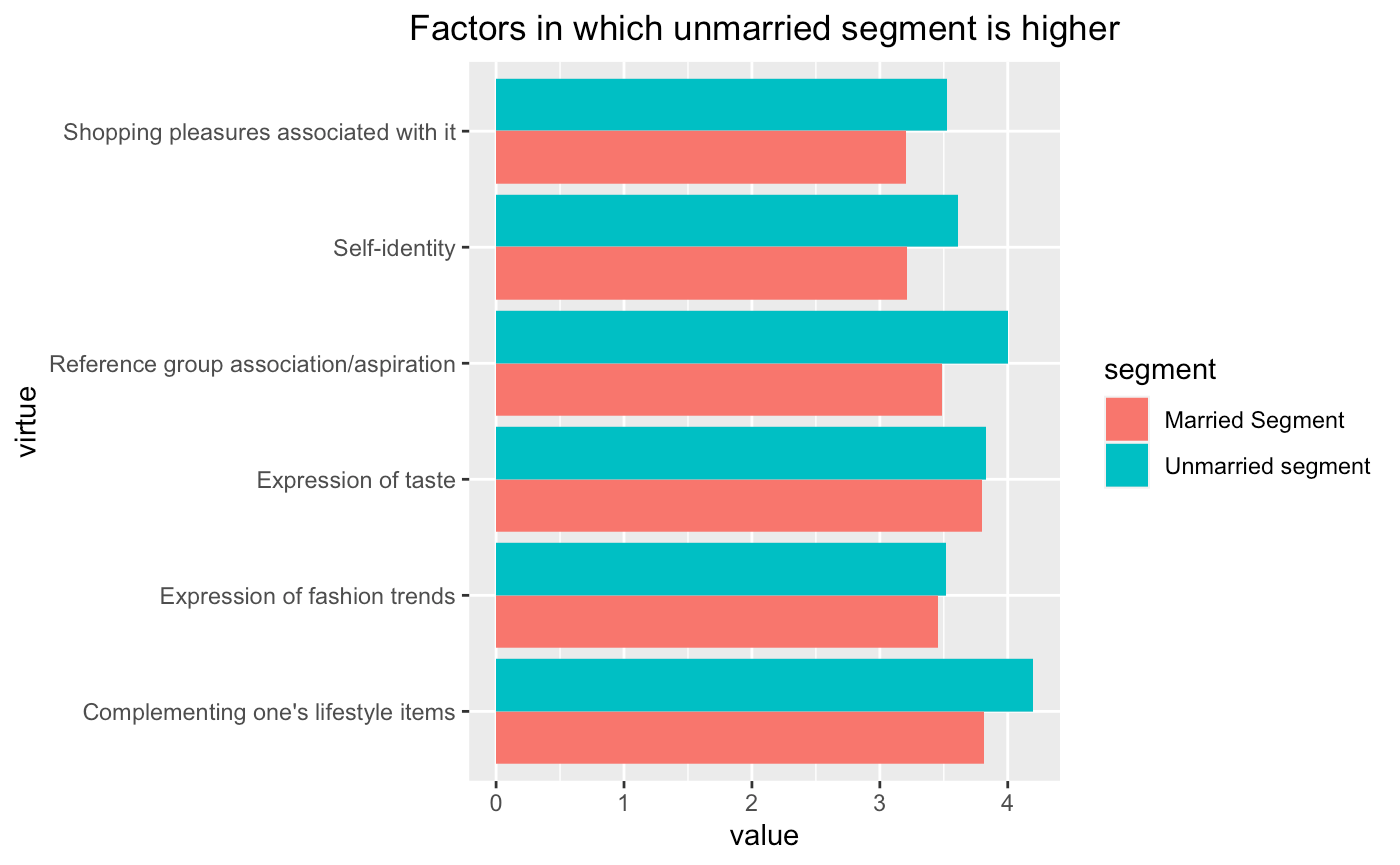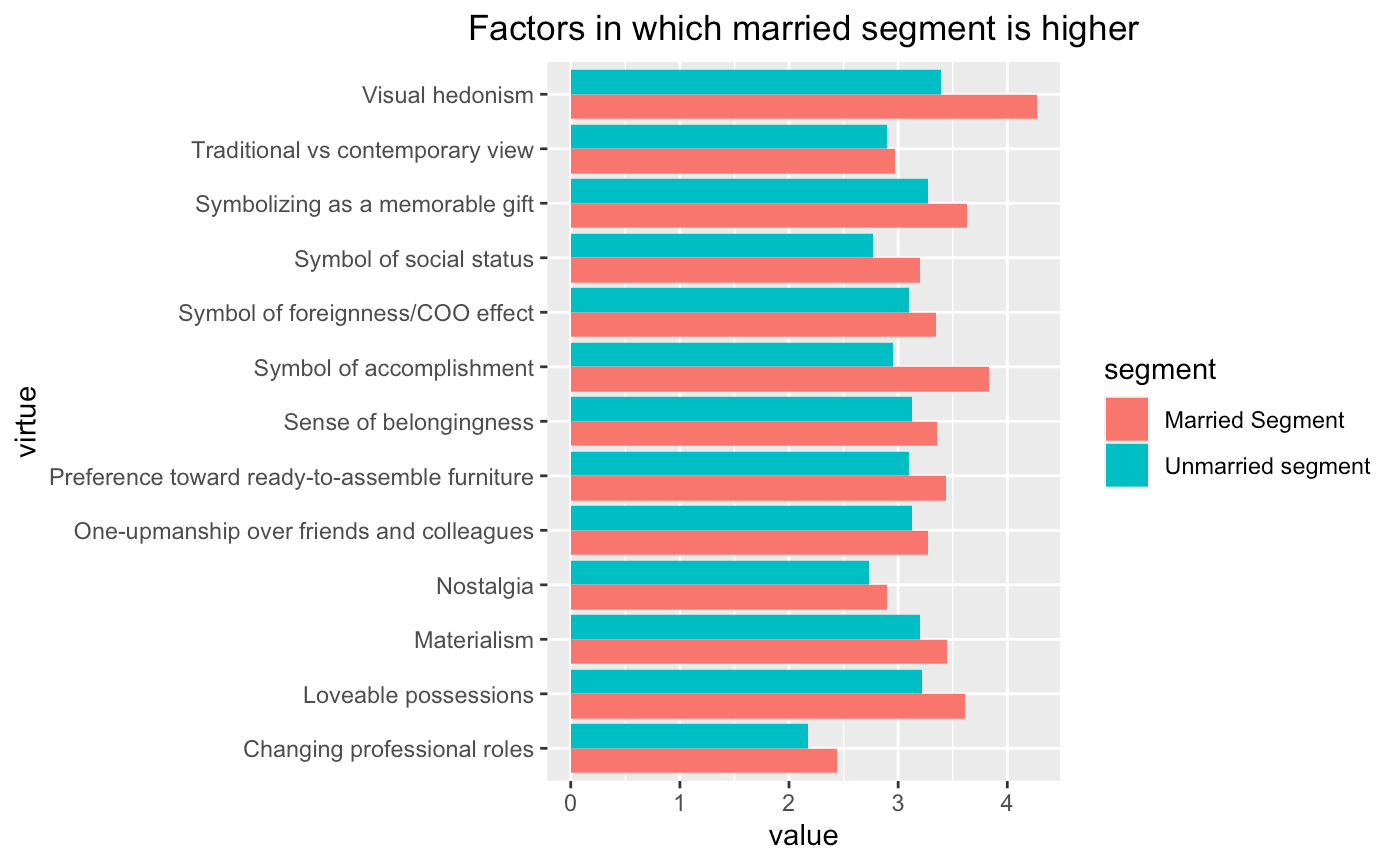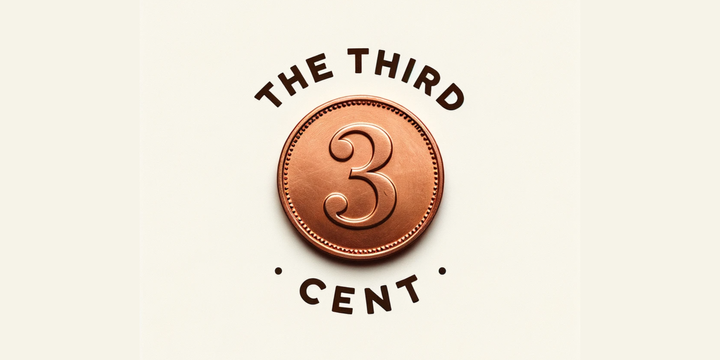CB Session 9 - Self and the Extended Self

One of the most cited articles in all of marketing has to be his 1988 paper, “Possessions and the Extended Self” by Dr. Russel Belk (found here ). To understand this better, you may have to check out Highways and Buyways: Naturalistic Research from the Consumer Behavior Odyssey (by the same author) and how it helped create a new field (consumer culture theory) within marketing.
Before Belk’s Odyssey to explore the ‘in situ’ experiences of consumption, marketing was predominantly a discipline influenced by economists and psychologists who believed that human beings were rational creatures (disproving this gave Daniel Kahneman and Amos Tversky their Nobel prize. Thaler too, but much later). But then, we are not all that rational in reality. We can be borderline irrational. For instance, One of Belk’s more recent works talks about how people in many poor households in India conserve electricity, and do manual labour (like grinding, mixing) so that they can watch their favourite soap operas on TV. This suggests that rational can be very subjective, and often difficult to discern.
Belk, and his colleagues, believe that the idea of ‘self’ has a lot to do with why, how, and what people choose to consume. According to Belk, “Our possessions are a major contributor to and reflection of our identities”. They act as symbols that help us sculpt the image we want in the eyes of others. We care for them the same way we care for others. We grieve when they are lost and go out of our ways to preserve them.
In our case for today - Cultural Symbolism and Entrepreneurial Brand – The Indian Context by S Ramesh Kumar, Jagannath Janakiraman and Shankar Sethuramalingam, we looked at Inscape, a small furniture maker based out of Bangalore, India. According to the authors, furniture too can act as ‘self expressive’ instruments. This is no surprise. There has been plenty of talk about how IKEA has created a generation of customers who invest their raw energies into assembling furniture (see here for more details) . Inscape too has been trying to achieve something similar. To be precise, they are trying to make products that reflect visual hedonism and refined taste. The authors also find that these attributes (mentioned in greater detail in Exhibit 1) tend to vary between married and unmarried segments of the population (exhibits found below).


It is in this juncture that it needs to be understood the same people when moving from an unmarried to married may exhibit different attitudes towards their possessions. This is to be expected since marriage is a major, life altering decision. We can debate extensively on whether this was the best way to segment the population however. For instance, is it okay for the case writer to think of men and women to be similar in terms of how they consume furniture? Would all unmarried people have similar levels of furniture consumption? What are your thoughts on tthis?
Furthermore, I thought it may be a good idea for you to explore the self concept in somewhat greater detail. And for that reason, I am appending a link to a podcast episode that features none other than Russel Belk himself (podcast link). If you are interested in the extended self concept, you may want to explore the following seminal articles.
- Possessions and the Extended Self
- Extended Self in a Digital World
- The Role of the Odyssey in Consumer Behaviour and in Consumer Research
Happy learning!!



